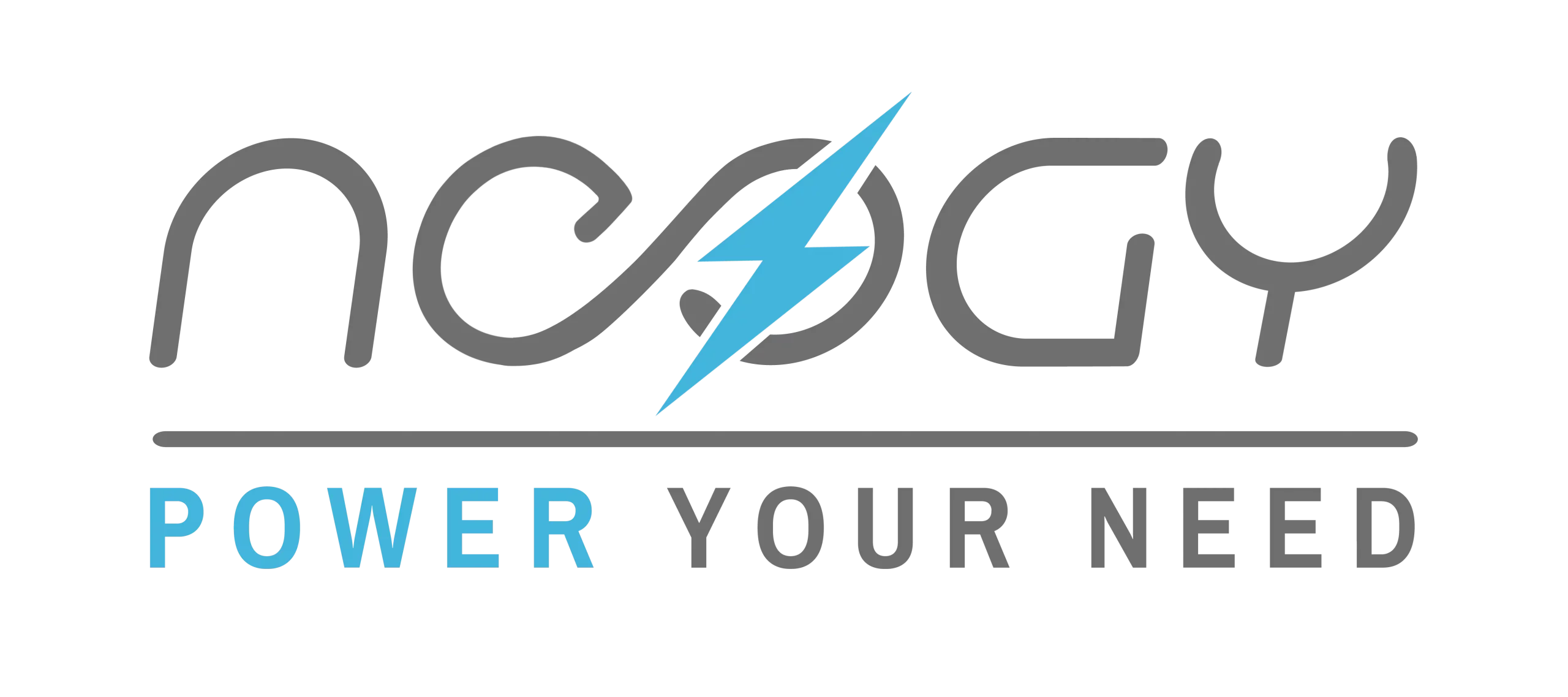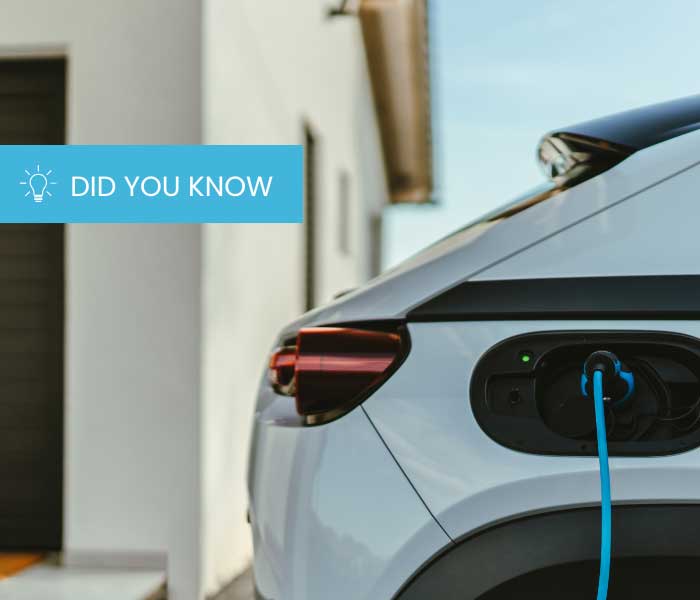Faced with the challenges of climate change and the need to reduce dependence on fossil fuels, electric mobility is emerging as an essential solution. Electric bicycles, electric vehicles, public transport, urban logistics, even aeronautics and boating: all mobility sectors are concerned by this revolution. Lithium batteries play a fundamental role in e-mobility. Thanks to their performance in terms of autonomy, power and durability, they are enabling the development of cleaner, more efficient means of transport. But what are the real advantages of these batteries? And what challenges still need to be met to accelerate the transition to 100% electric mobility? Here’s how.
Electric mobility: why are lithium batteries key?
Since their appearance on the market in the 1990s, lithium-ion batteries have gradually replaced other energy storage technologies thanks to their many advantages. Today, they are the dominant solution in electric vehicles for a number of reasons:
High energy density
Lithium-ion batteries can store large quantities of energy in a compact, lightweight format. This feature is essential for electric vehicles, as it increases range while limiting weight.
Longer service life
Technological advances have improved the longevity of lithium-ion batteries, which can now withstand several thousand charge and discharge cycles before losing performance. This helps to reduce the total cost of ownership of electric vehicles over the long term.
Fast recharging
Unlike older-generation batteries, lithium-ion batteries can be recharged in record time at fast-charging stations, a key factor in the adoption of electric vehicles.
Constantly improving technology
Industrial companies, including Neogy, are actively working to improve the performance of lithium-ion batteries, with the emergence of new generations such as LFP (Lithium Iron Phosphate) batteries, which offer greater safety and longer life, and solid electrolyte batteries, which promise higher energy density and even faster charging. At the same time, we continue to explore already mastered lithium technologies such as Lithium NMC (Nickel Manganese Cobalt).
Lithium batteries for all types of mobility
The electrification of transport is not limited to passenger cars. It affects many sectors of mobility and opens the way to major innovations.
Individual electric vehicles
Electric cars are booming, with an increasing number of models being offered by manufacturers. Improvements in battery technology now enable autonomies in excess of 500 km, making these vehicles more attractive to the general public. One of the latest developments in mobility is retrofitting, which involves transforming a combustion engine vehicle into an electric vehicle. In France, the benchmark in retrofitting is REV Mobilities, which uses high-voltage lithium batteries developed by Neogy to electrify various types of vehicle, from passenger cars to commercial vehicles.
Electrified public transport
Electric buses and battery-powered streetcars are being developed in many cities to reduce urban pollution. Some bus models can run all day without recharging, while others are equipped with batteries that can be recharged in just a few minutes at stops.
Logistics and goods transport
Electric trucks and battery-powered light commercial vehicles are a response to traffic restrictions in city centers and increasingly stringent environmental standards. Logistics giants such as Amazon and DHL are investing heavily in 100% electric fleets to reduce their carbon footprint.
The electrification of two-wheelers and micromobility
Electric bikes, scooters and scooters equipped with lithium-ion batteries are experiencing exponential growth. Their mass adoption is helping to relieve congestion in cities, while offering an environmentally-friendly alternative to traditional transport. A perfect example is the collaboration between Neogy and Valeo to design and produce a range of 3 batteries for e-bikes.
The emergence of maritime and aeronautical solutions
While the electrification of aircraft and ships is still in its infancy, significant progress is being made in the field of electric ferries and small hybrid aircraft. The aim is to accelerate the transition to more sustainable transport on a large scale. For example, Neogy is collaborating with Vision Marine Technologie, a manufacturer of electric outboards and boats, on an electric PowerTrain.
The challenges of mass transport electrification
While lithium-ion batteries offer undeniable advantages, there are still challenges to be overcome before they can be widely adopted.
Optimizing lithium battery recycling
Recycling lithium-ion batteries is a key factor in limiting the environmental impact of transport electrification. Many companies are developing innovative solutions to recover and reuse the precious materials contained in used batteries.
Developing charging infrastructures
To support the transition to electric mobility, it is essential to invest in a dense network of fast-charging stations. Many countries are accelerating the deployment of these infrastructures to facilitate the adoption of electric vehicles.
The electrification of transport is a revolution in the making, and lithium-ion batteries are the main driving force behind it. Thanks to their energy efficiency, growing autonomy and rapid recharging capacity, they are helping to meet the environmental and economic challenges of mobility. However, for this transition to be truly sustainable, it is essential to pursue innovation and industrialization efforts. This is the mission that Neogy has set itself by offering high-performance industrial lithium batteries to electric mobility professionals.
Would you like to find out more about our batteries? Contact our experts today to find out more about our products and services.

